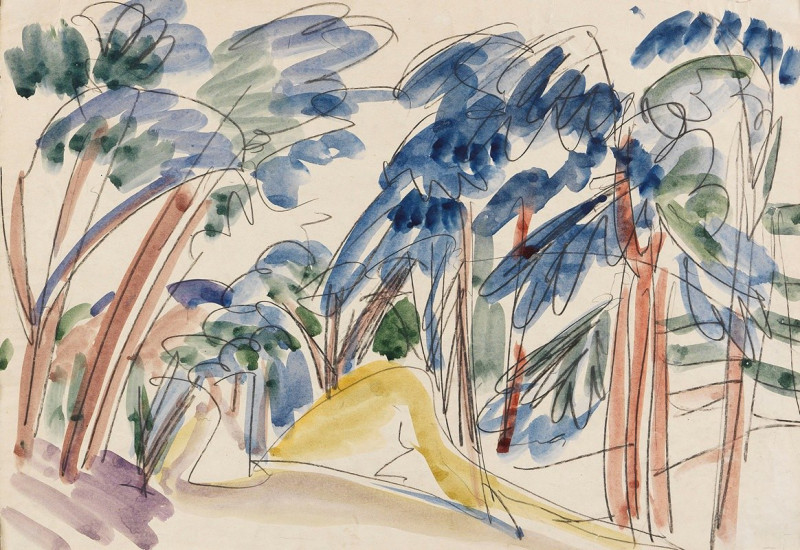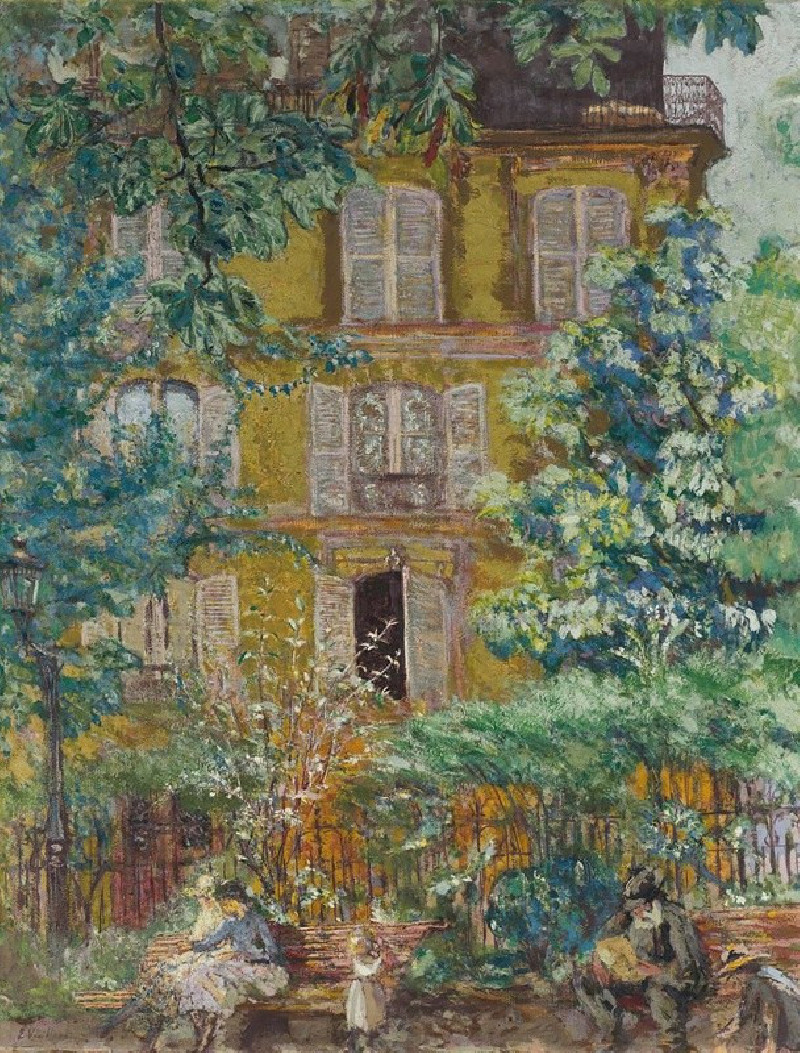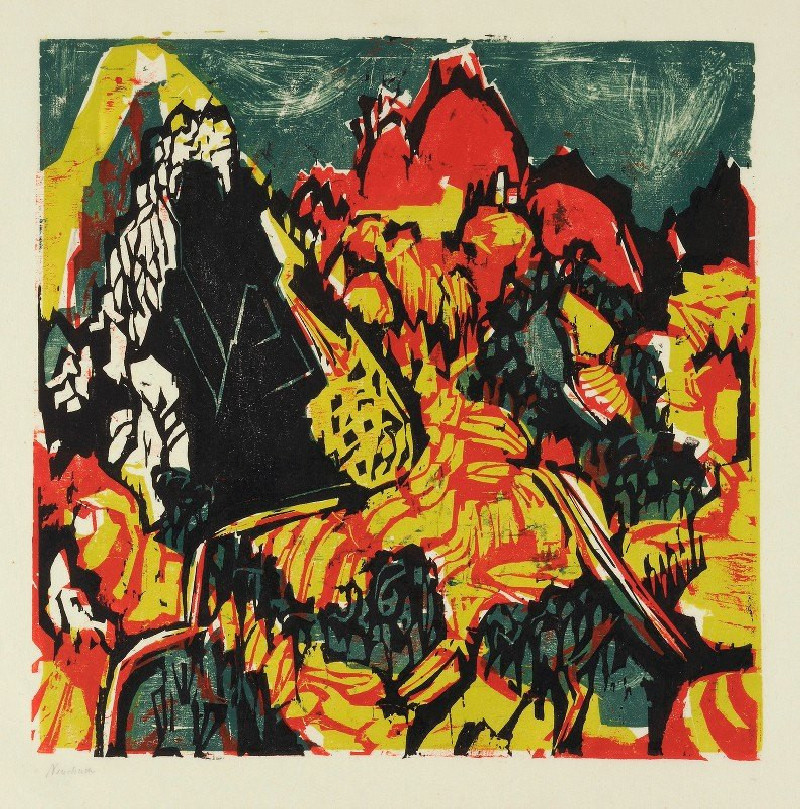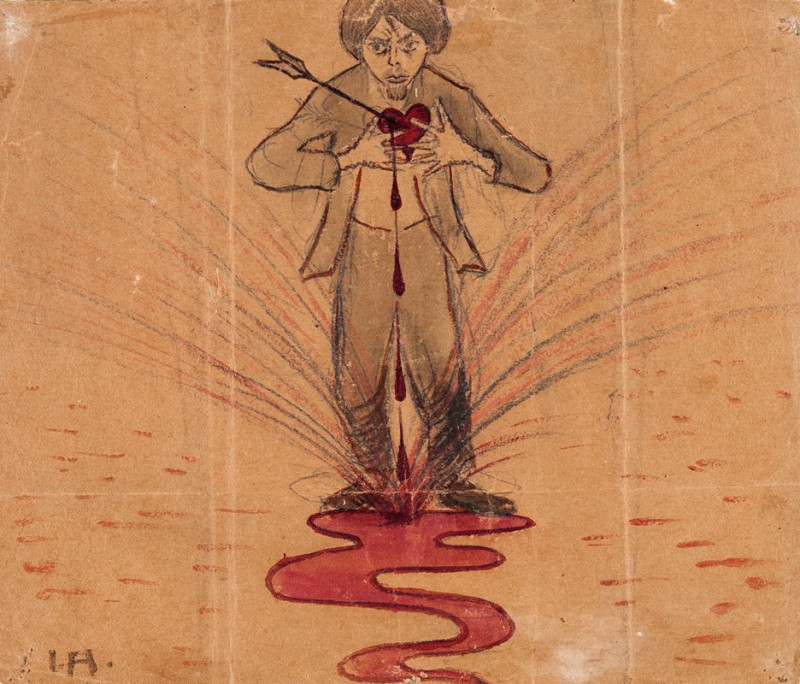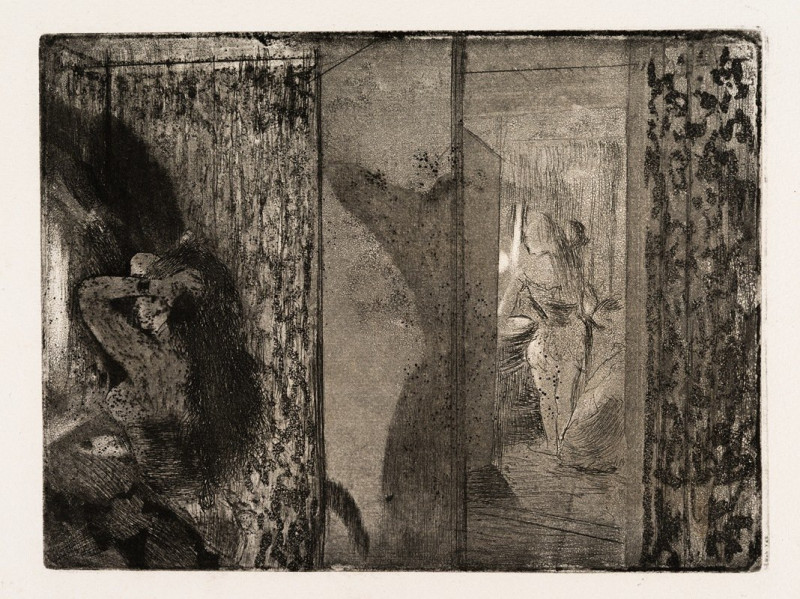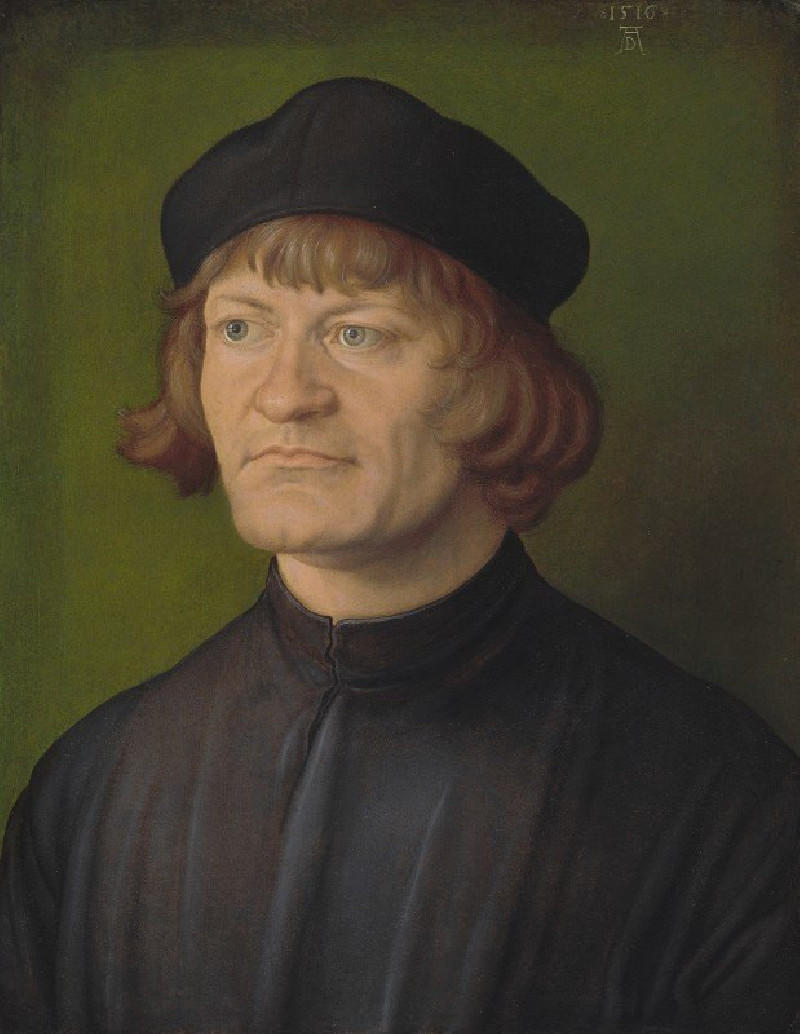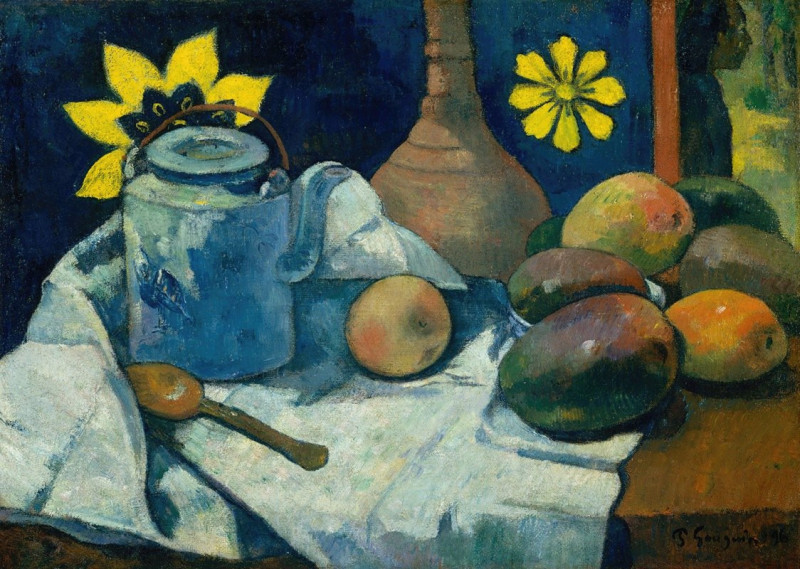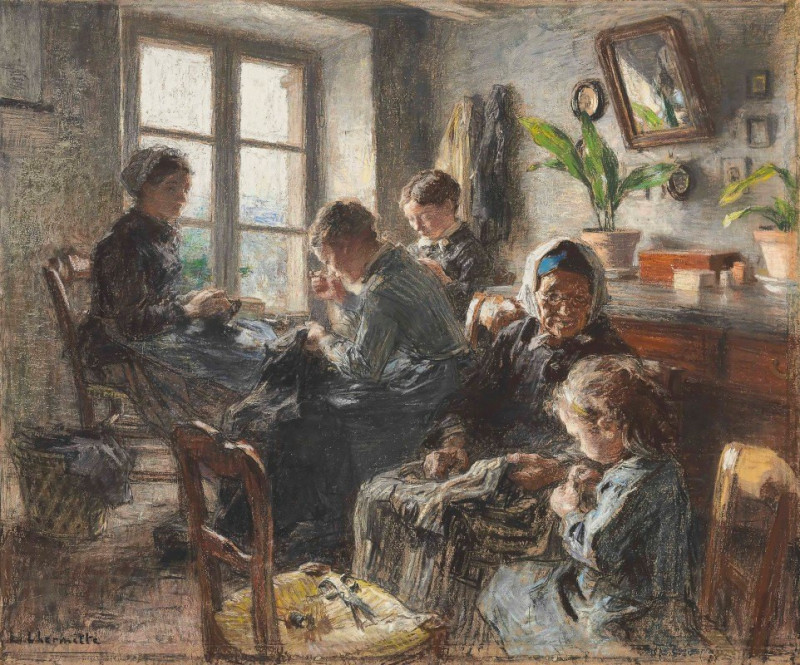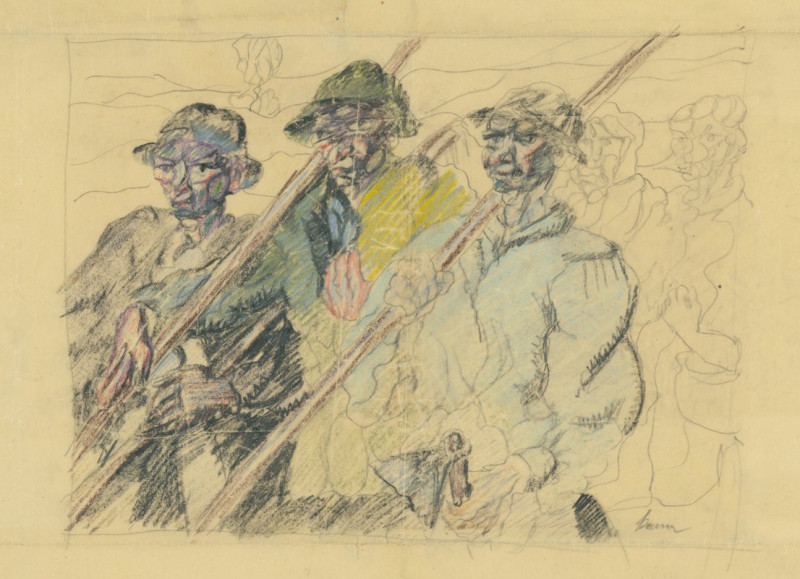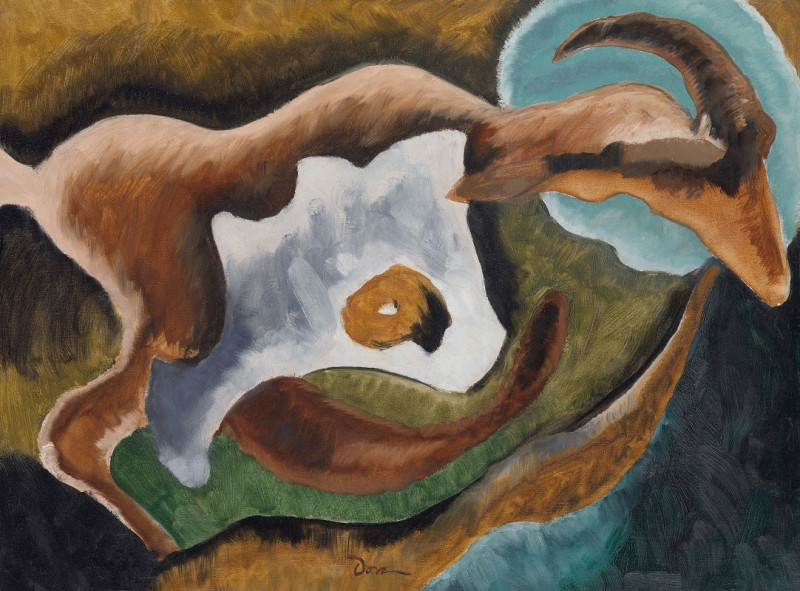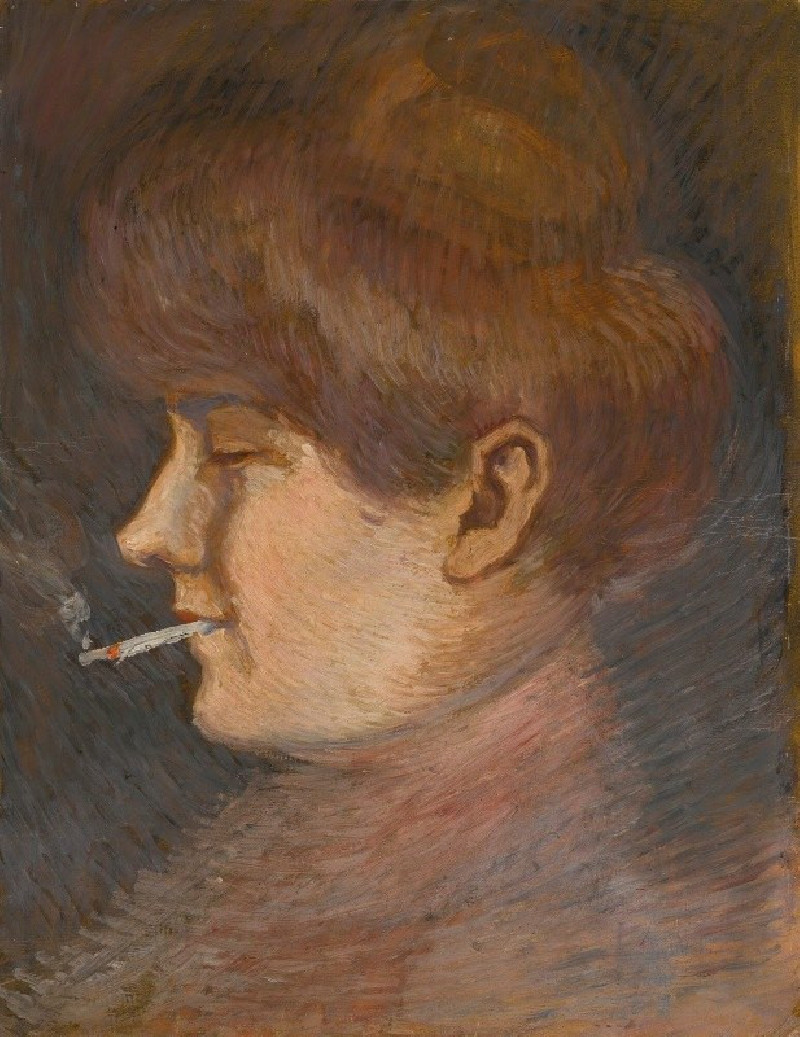Sanddünen unter Bäumen (1912)
Technique: Giclée quality print
Recommended by our customers
More about this artwork
Ernst Ludwig Kirchner's "Sanddünen unter Bäumen" (Sand Dunes under Trees) from 1912 is a vivid exploration of color, form, and the interplay of nature captured through expressive brushstrokes. In this painting, Kirchner elegantly manipulates the watercolor medium to blend naturalistic themes with a bold, abstract style, characteristic of his work with Die Brücke, a group pivotal to the evolution of German Expressionism.The composition of the painting presents viewers with a lush, dynamic scene where tall, slender tree trunks in reddish and brown hues stretch upwards, cutting sharply through the flat landscape. These trees divide the painting into a lively rhythm, juxtaposing the verticality of their forms against the soft, billowy shapes of the foliage, colorfully rendered in blues and greens. The simplicity of the sand dunes at the bottom of the painting, depicted in gentle yellow and beige tones, contrasts with the complex tangle of colors and shapes above, emphasizing the wild, untamed nature of the environment.Kirchner's use of seemingly spontaneous, fluid lines conveys a sense of motion and vitality, as if the scene is caught in a gentle gust of wind. This artwork invites the viewer into a moment of pure expression and emotional resonance deeply connected to nature's ever-changing beauty.
Delivery
Returns
Ernst Ludwig Kirchner (1880–1938) was one of the most important German Expressionist painters. He was a co-founder of Die Brücke, a group of German expressionist artists formed in Dresden in 1905. Die Brücke and Kirchner took inspiration from Vincent Van Gogh and Edvard Munch, as well as African and Oceanic art. They used woodblock printing as a medium to showcase their signature style: flat, unrealistic images with vivid colors. The recurring themes in Kirchner's artworks included exotic cultures, faraway landscapes, self-portraits, dancers and Berlin street life. His paintings and prints effectively portrayed non-European cultures despite the fact that he never traveled outside of Europe.

